Are you itching to get out in the garden despite the cold and snow? Make your landscape safe and welcoming for visiting friends and wildlife alike. A little care and attention this month will help keep your plants strong and healthy well into the new year.
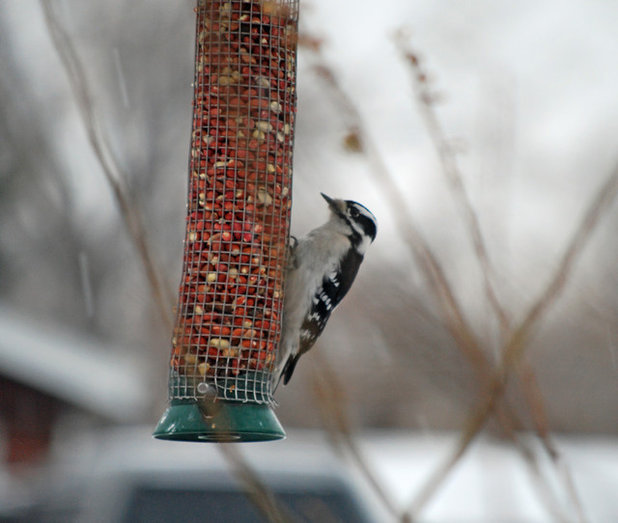
Jocelyn H. Chilvers
Feed the birds. High-quality seeds and snacks such as peanuts and suet may be essential for wild bird health when other food sources are buried by snow or depleted. Different birds are attracted to different types of foods, which are best served in specific styles of feeders. The National Audubon Society suggests using species-specific food and feeders based on the birds that you would like to attract. Its website offers great tips on bird feeding year-round.
The peanut feeder shown here hangs right outside my office window. All winter long I enjoy visits from woodpeckers, chickadees, sparrows, juncos (who feed on bits and pieces on the ground) and more.
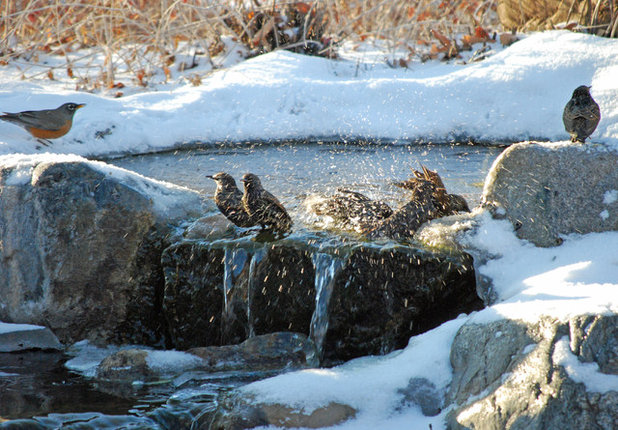
Jocelyn H. Chilvers
Fresh water for drinking and bathing is also crucial to bird health. Keep your birdbath free of ice with a commercial heater, available at most garden centers.
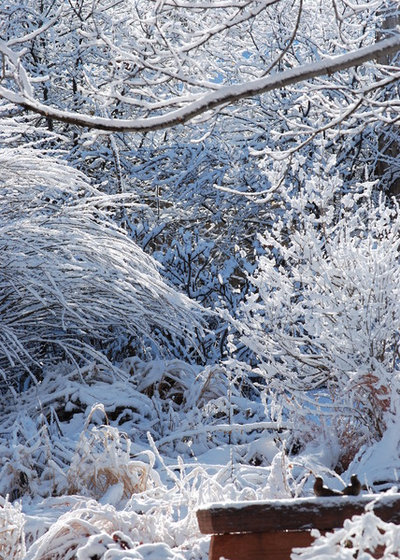
Jocelyn H. Chilvers
Keep ice at bay. Clearing snow and ice from walks and driveways is a safety issue that can't be ignored, but plant health is important too.

Jocelyn H. Chilvers
Ice-melting products composed of salts — including plain old rock salt — work by attracting moisture to themselves and forming a liquid brine that generates heat and melts the ice. However, salt will cause damage to plant roots and, once absorbed by the plant, will cause brown, desiccated edges on new leaves and shoots — or even death. Here are a few tips for working with de-icers:
- Apply the product before the storm to keep ice from bonding to the pavement.
- Cut the product with sand, kitty litter or sawdust to provide traction and reduce the amount of product needed.
- After the storm, get out the shovel or snow blower and clear pavement areas as soon as possible. This will help prevent overuse of the product.
- Once the pavement has been cleared, sweep up and dispose of excess product. Don't sweep it onto lawns, onto garden beds or into the street; this will keep it out of the stormwater drainage system and natural waterways.
- Flush landscape and pavement areas with water where you suspect product overuse or damage.
- Last but not least, always follow the manufacturer's instructions and choose the right product for the conditions. For example, rock salt (sodium chloride) is effective only at temperatures above 20 degrees Fahrenheit.
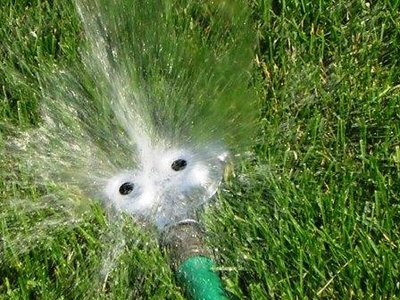
Jocelyn H. Chilvers
Water plants. Many areas of the Rocky Mountain region suffer from sparse snow cover, low soil moisture and low humidity during the winter months. These dry conditions can severely weaken plant root systems. The damage won't be evident until late spring or summer when plants die or become susceptible to disease or insect problems.
Woody plants — trees and shrubs — have relatively shallow root systems and are most susceptible to winter drought damage (especially evergreens), as are south- and west-facing lawns, plants near south- and west-facing foundations or walls, and any newly installed (within one year) plants.
Follow these tips to ensure your plants have a great start to a healthy new year:
- Water plants only when the air and soil temperatures are above 40 degrees Fahrenheit and there is no snow cover.
- For newly planted or young trees, use a soil needle or deep-root fork to apply water. Insert it into the soil about 8 inches deep, about halfway between the trunk and several feet beyond the drip line (the tips of the outermost branches), working your way around the entire tree. For large, established trees, a sprinkler is more efficient.
- Apply 10 gallons of water per inch of tree diameter. For example, a 3-inch-diameter tree would need 30 gallons. Water once a month or as conditions dictate.
- Newly planted shrubs need 5 gallons of water twice a month.
- Small, established shrubs need 5 gallons per month.
- Large (over 6 feet), established shrubs need 18 gallons of water a month.
- No one wants to waste water, so keep in mind that the amount of water recommended here is a total volume — add water only to supplement natural precipitation.
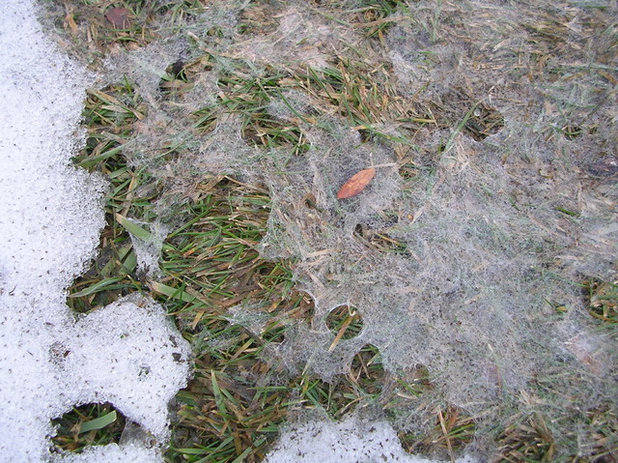
Jocelyn H. Chilvers
Prevent snow mold. Lawn areas that are in the shade during the winter — on the north sides of buildings and fences, for example — may accumulate snow that persists for weeks or months. These areas are more at risk for developing snow mold. Simply shovel the snow off the shaded lawn and distribute it to drier, sunnier areas of the landscape.





